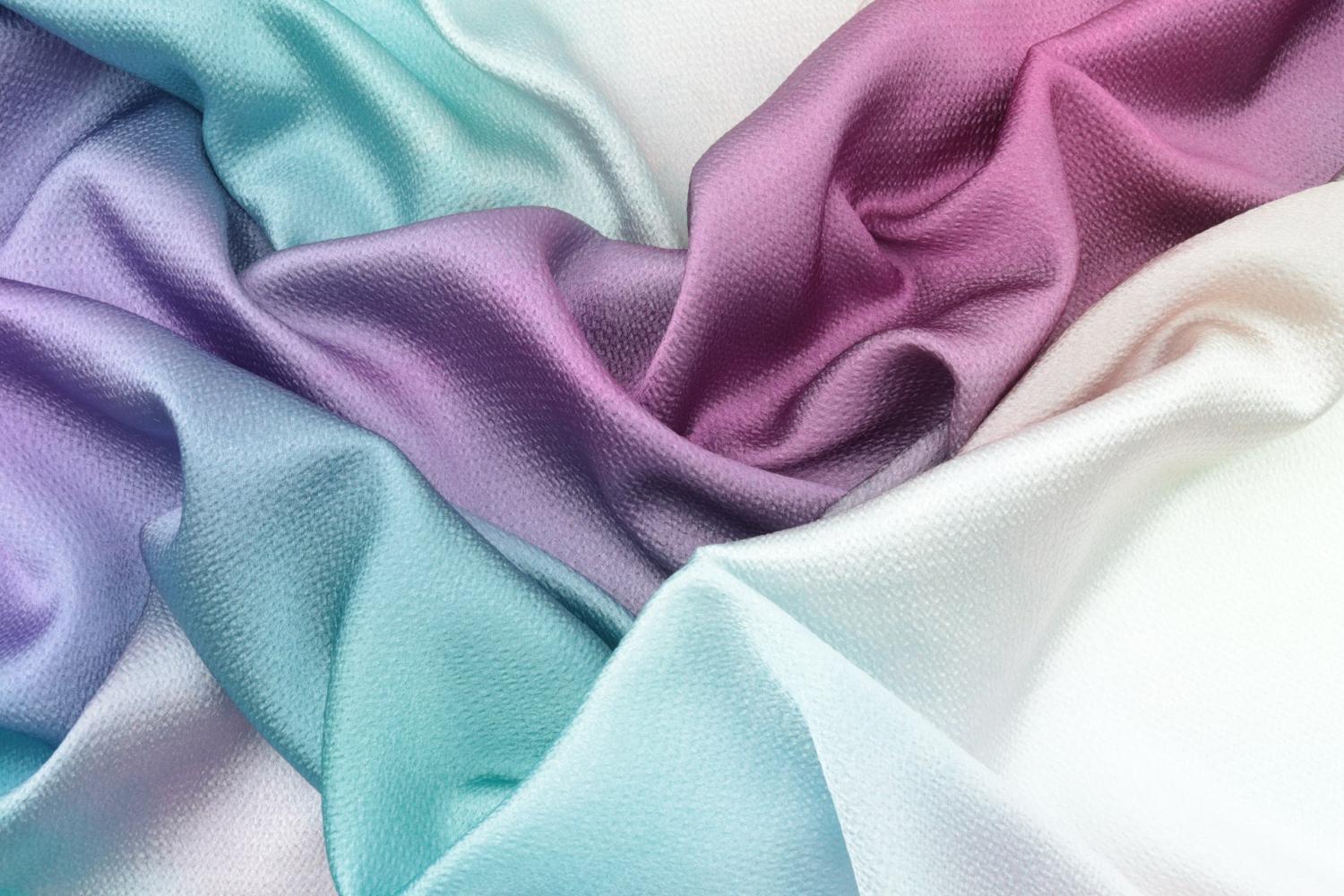
Polyester is a synthetic fiber that is used in the production of textiles, clothing and other items. It is made of long-chain molecules that have been created by linking together the molecular chains of natural substances.
The most common type of polyester fiber that is used in textiles is called polyethylene terephthalate. This type of fabric was invented in 1941 and has since become one of the most popular materials for making clothing.
It’s important to know what type of fabric you are looking at before purchasing it because there are many different types and qualities available on the market today.
The introduction should include the following points:
- Polyester is a synthetic fiber that is made from polymers such as polyethylene terephthalate or PET.
- It is durable and has low moisture absorption.
- It also has high abrasion resistance and can be used for various purposes such as clothing, bedding, upholstery, and more.
The Complete Guide to Polyester Fabric Types and How They are Different
Polyester fabric types are not all the same. There are many different types of polyester fabrics, each with its own unique properties.
Some of the properties that can differentiate polyester fabrics are:
- Level of opacity, as in how much light is blocked from passing through the fabric, generally measured on a scale from 0 to 10. Polyester with an opacity level of 4 or 5 is often used for draperies and window treatments, while polyester with an opacity level of 7 or 8 is often used for clothes.
- Abrasion resistance, measured by a fabric’s ability to withstand abrasion from contact with rougher surfaces. The abrasion resistance of polyester is nearly twice that of cotton, which makes it an excellent material for outdoor wear.
- Density, the amount of weight in a particular volume and the compact ness of a material, is also a factor in fabric construction.
- The thickness of the fabric is where it starts to get interesting. Thickness, especially in regards to water resistance, will vary greatly depending on the specific outdoor application.
- Durable Fabrics with a higher percentage of Polyester, like 100% Polyester, are easier to clean and not absorb water. These fabrics also have a higher strength per weight.
- Some fabrics use a fabric blend that includes the synthetic materials. These blends will be less durable than pure synthetics.
Pros and Cons of Polyester Fabric
Pros:
- Polyester fabrics are durable and strong, making them perfect for clothing or upholstery that gets a lot of wear and tear.
- Polyester fabrics are wrinkle resistant, so they require less ironing than other fabrics.
- Polyester fabrics are easy to care for because they can be machine washed and dried in hot water.
Cons:
- Some people may have an allergic reaction to the chemicals used in the production of polyester fabric.
- The color on some polyester fabrics may fade over time due to exposure to sunlight or washing.
You may also like:
